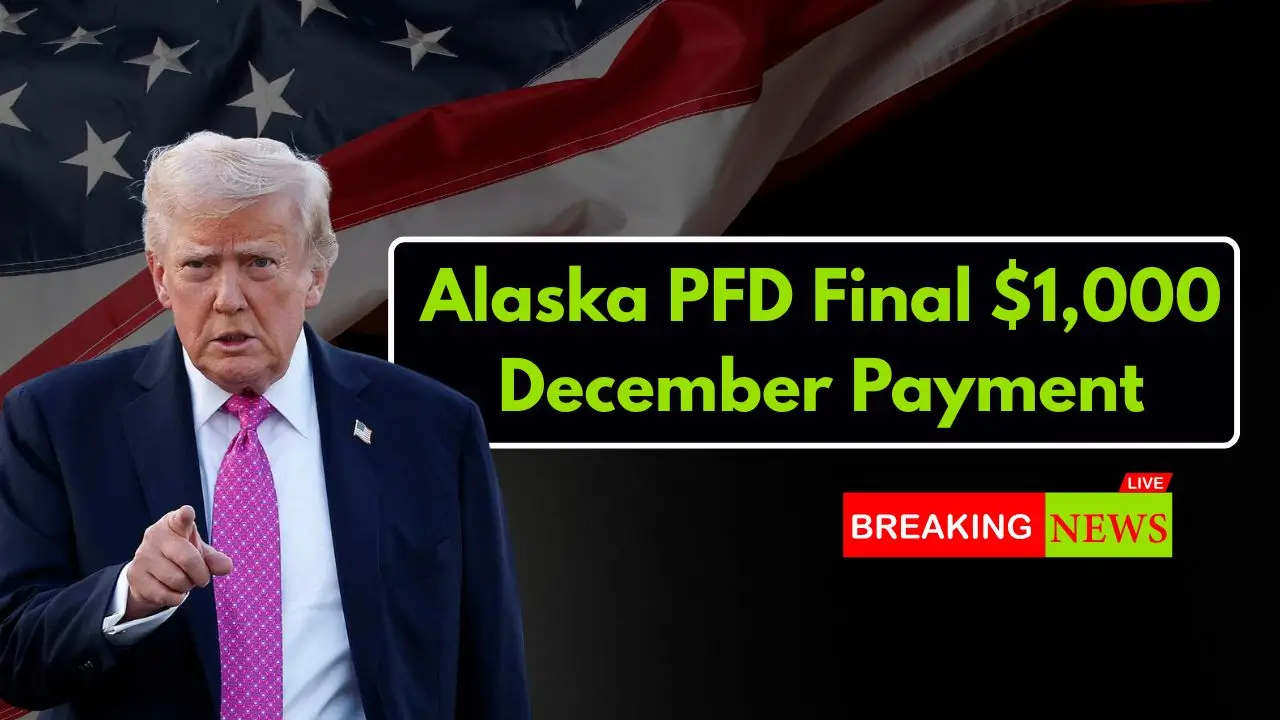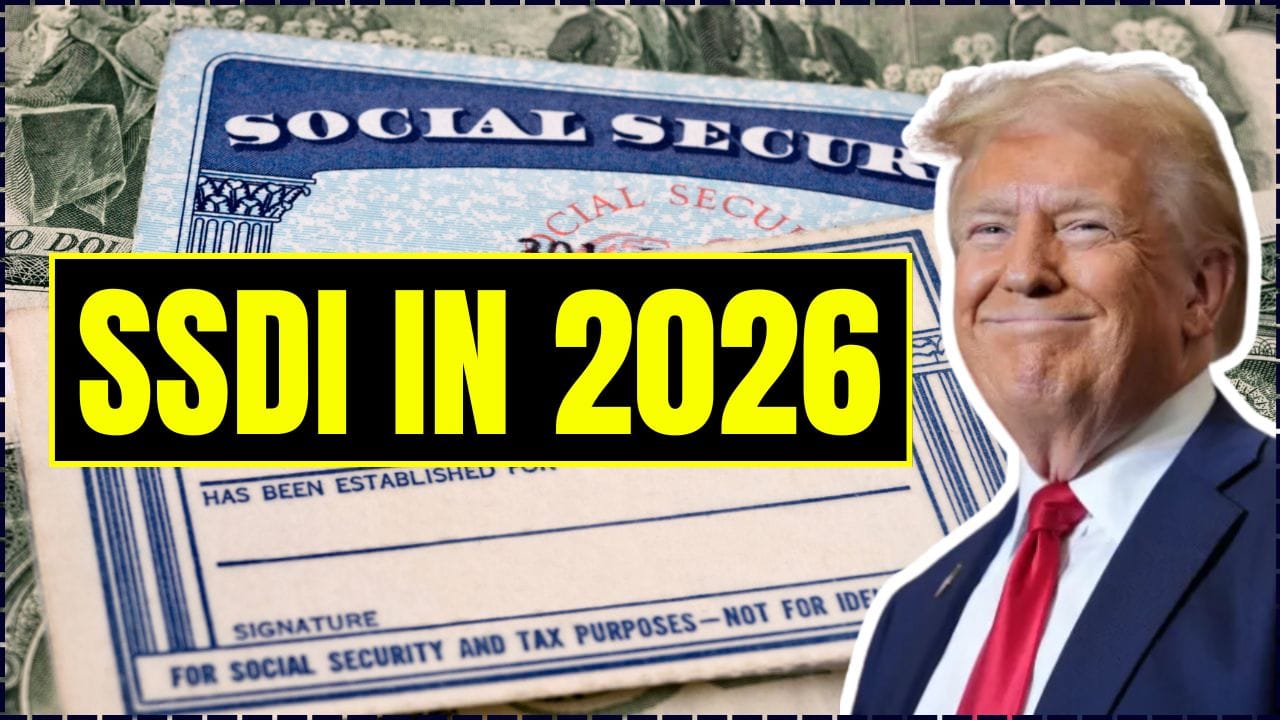Applying for scholarships, especially for the 2026 academic year, can feel like a daunting task. You’ve worked hard, you have your academic goals in sight, and now you need to convince a committee that you’re not just qualified, but exceptional. The motivation letter for 2026 scholarships is often the make-or-break element of your application. It’s your chance to tell your unique story, explain your aspirations, and demonstrate why you’re the ideal candidate for their support. This comprehensive guide will walk you through crafting a compelling, high-trust, and visually appealing motivation letter that genuinely reflects your potential and helps you successfully navigate the scholarship process.

Understanding the Power of Your Motivation Letter
In my experience advising students, one common hurdle is viewing the motivation letter as a mere formality. This couldn’t be further from the truth! This document is your personal advocate, speaking volumes about your character, resilience, and vision. It’s where you connect the dots between your past achievements, your current ambitions, and how the scholarship will serve as a catalyst for your future success. Think of it as your opportunity to bring your resume to life and add the emotional depth that grades and test scores can’t convey.
The Anatomy of a Winning Motivation Letter
A strong motivation letter isn’t just a collection of good sentences; it’s a strategically structured narrative that flows logically and persuasively. Here’s how to build yours:
1. The Header: Professionalism First
Your header sets the professional tone. It should include your contact information, the date, and the recipient’s contact information (if known). Always aim to address your letter to a specific person if possible. If not, a general but respectful salutation like “Dear Scholarship Committee” is acceptable.
2. The Introduction: Hook Them Immediately
This is where your motivation letter for 2026 scholarships begins its work. Start by clearly stating the scholarship you’re applying for and your academic program or goal. Immediately follow this with a concise statement of why you are interested and what drives your ambition.
- Example: “I am writing to express my enthusiastic interest in the [Scholarship Name] for the 2026 academic year, as I pursue a Master’s degree in Renewable Energy Engineering at [University Name].
3. Body Paragraph 1: Your Academic Journey and Achievements
This paragraph should connect your academic background to your current aspirations. Highlight key academic achievements, relevant coursework, and any research projects that demonstrate your commitment and aptitude for your chosen field. Don’t just list; explain the “why” behind your choices and what you learned.
- Actionable Advice: If you maintained a high GPA, mention it. If you overcame academic challenges, briefly explain how you did so and what it taught you about perseverance.
- Consider this: “During my undergraduate studies in Environmental Science, I was particularly drawn to sustainable development, culminating in my capstone project on urban waste-to-energy solutions, which deepened my resolve to specialize in this field.
4. Body Paragraph 2: Your Passion and Future Goals
This is where your unique drive shines. Articulate why you are passionate about your chosen field and what specific goals you aim to achieve. How will this scholarship help you realize these goals? Be specific about your long-term vision. This is a crucial section for demonstrating your alignment with the scholarship’s objectives.
- Leverage Keywords: This is a good place to naturally weave in “study in [country/university requirements]” if relevant to the scholarship’s focus.
- Think Beyond Yourself: How will your future contributions benefit society or your community? Scholarship committees often look for candidates with a broader vision.

5. Body Paragraph 3: Why This Scholarship? Why You?
This is the heart of your letter and a prime opportunity to incorporate motivation letter tips. Show that you’ve done your homework. Explain precisely why this particular scholarship program is the right fit for you. Reference specific aspects of the scholarship, the institution, or the program that resonate with your goals. Conversely, explain why you are an ideal candidate, highlighting unique experiences, skills, or personal qualities that set you apart.
- Connect the Dots: Do their values align with yours? Do they offer unique resources or mentorship opportunities that you crave?
- Quantify if possible: “My volunteer work with [Organization Name], where I helped implement community-based renewable energy projects, directly aligns with the [Scholarship Name]’s focus on practical application and community impact.”
6. Body Paragraph 4: Addressing Financial Need (if applicable and appropriate)
While your primary focus should be on your academic and professional aspirations, if the scholarship is needs-based, it’s appropriate to briefly and professionally articulate your financial need. Do so with dignity and focus on how the scholarship will enable you to focus on your studies without undue financial burden.
7. The Conclusion: Reiterate and Call to Action
Reiterate your enthusiasm and briefly summarize your key points. Express gratitude for their time and consideration. Conclude with a confident call to action, expressing your eagerness for an interview or the next steps.
- Closing: “Thank you for considering my application. I am confident that my dedication, academic background, and passion for [Your Field] make me a strong candidate for the [Scholarship Name], and I look forward to the opportunity to discuss my application further.”
- Professional Closing: “Sincerely,” or “Yours faithfully,” followed by your typed name.
Essential Tips for Crafting a High-Impact Letter
- Tailor Each Letter: Never use a generic letter. Each motivation letter for 2026 scholarships must be specifically tailored to the scholarship you’re applying for. Research the scholarship’s mission, values, and selection criteria.
- Be Authentic: Your voice should shine through. Don’t try to sound like someone you’re not. Authenticity is compelling.
- Proofread Meticulously: Errors in grammar or spelling can seriously undermine your credibility. Read your letter multiple times, and then have someone else review it. Tools like Grammarly can help, but a human eye is invaluable.
- Conciseness is Key: Scholarship committees review hundreds, if not thousands, of applications. Get straight to the point. Aim for one page, two at most, and ensure every sentence adds value.
- Show, Don’t Just Tell: Instead of saying “I am a strong leader,” describe a situation where you demonstrated leadership. Use specific examples.
- Start Early: Writing a compelling letter takes time. Don’t rush it. Give yourself ample time to draft, revise, and refine. This is especially important for competitive German university scholarship applications, which often have specific requirements.

Leveraging Digital Resources for Your Application
In today’s digital age, official scholarship bodies and universities often provide invaluable resources. Always check their official social media channels for updates, insights, and even applicant success stories.
My advice for many applicants for German university scholarship programs has been to really immerse themselves in the program’s ethos. Look at what they share on their social media. It often gives clues to what they prioritize in candidates.
Your Gateway to German Excellence: Unlocking 2026 PhD Scholarships in Germany
The Gates Scholarship 2026 Spring Intake is Now Open: Your Path to Excellence Starts Here
FAQ
Q1:What is the ideal length for a motivation letter?
Generally, aim for one page, single-spaced. In rare cases, if the scholarship guidelines permit or your story genuinely requires it, you might extend to a second page, but never exceed two. Concise and impactful is always preferred.
Q2:Should I include my GPA or specific grades?
If your GPA is strong and relevant to the scholarship (e.g., academic merit-based), absolutely include it. Specific grades can be mentioned if they relate to a key course relevant to your chosen field and demonstrate exceptional performance.
Q3:Is it okay to mention personal challenges in my motivation letter?
Yes, but with caution. If a personal challenge directly impacted your academic journey or shaped your motivation in a significant, positive way, you can briefly mention it. Focus on how you overcame it and what you learned, rather than dwelling on the hardship itself. The emphasis should be on your resilience and growth.
Q4:How can I make my letter stand out from hundreds of others?
Beyond impeccable grammar and structure, your letter stands out by being authentic and specific. Tell your unique story, explain your specific reasons for pursuing this scholarship, and connect your experiences directly to the program’s objectives. Avoid generic statements that could apply to anyone.










